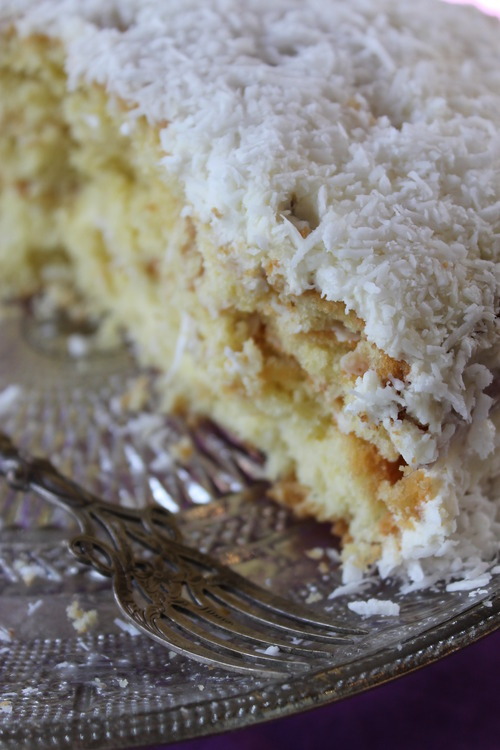

With a bunch of prematurely picked rhubarb from the allotment aging ungracefully in the fridge this week I decided to experiment and make an ever favourite classic- the bakewell tart- with a rhubarb ‘jam’ instead of your traditional cherry or raspberry. Devine…
Note: For a more subtle flavour if you’re not an almond addict, feel free to leave out the extract.
Serves 8 (generously)
Pastry
- 175g plain flour
- 75g chilled unsalted butter
- Cold water
Rhubarb Filling
- 350g rhubarb
- 1-2 tbsp caster sugar
- ½ lemon juice
- Vanilla extract
Frangipane Filling
- 110g unsalted butter
- 110g caster sugar
- 110g ground almonds
- 25g plain flour
- 2 eggs
- ½ tsp baking powder
- ½ tsp almond extract
- ½ lemon, zest
- Handful flaked almond
- 70g icing sugar
- Preheat the oven to 190°C and grease and line a 20cm tart tin. Start with the pastry and rub the butter into the flour until you have breadcrumbs. Add a few tablespoons of cold water or enough to bring it into a smooth dough. Roll out thinly and line the tart tin. Chill for at least 30 minutes.
- Meanwhile, make the rhubarb filling. Chop the rhubarb into pieces and place in a saucepan with the sugar, lemon juice and vanilla. Heat and simmer gently until broken down and ‘jammy’. Set aside
- Line the pastry case with parchment and baking beans and bake blind for 15-20 minutes until lightly golden. Remove the baking bean and return to the oven for 5 more minutes or so until the base is also lightly golden.
- Make the frangipane topping. Cream the butter and sugar together until fluffy. Beat in the eggs and almond extract followed by the almonds, flour, baking powder and lemon zest and mix until fully combined.
- Spread the rhubarb ‘jam’ evenly over the base of the pre-cooked case and top with the frangipane almond paste and smooth evenly, covering all the rhubarb. Scatter oven the flaked almonds and bake for 30-40 minutes until cooked and golden (cover with foil if it starts to colour before it is ready)
- Mix the sieved icing sugar with a few splashes of cold water until you form a thick paste. Spoon into a piping bag and, once the tart is cool, drizzle over!





























